Dhaka, Feb 03 (V7N) – Former Bangladesh Army Chief General Iqbal Karim Bhuiyan has shared his perspective on the anti-discrimination student movement of 2024, describing it as a ‘quasi-revolution’ that was ultimately contained through military and political maneuvering. In a detailed Facebook post on January 24, the retired general provided insights into key moments that shaped the movement’s outcome, including Sheikh Hasina’s hurried departure, the military’s role, and the controversial formation of an interim government.
A ‘Quasi-Revolution’ Stopped Before Full Development
General Bhuiyan claimed that the 2024 uprising had the potential to become a full-scale revolution, similar to the French and Russian Revolutions, but was thwarted before it could fully materialize. He argued that, in a true revolutionary scenario, both Ganabhaban and Bangabhaban would have been taken over, the existing constitution dissolved, and senior military officers aligned with the previous regime would have either fled or faced trial. However, due to compromises between student leaders and the army, the movement lost momentum, creating a power vacuum that was quickly filled by other major political parties.
Sheikh Hasina’s Departure and Military Maneuvering
The former army chief alleged that Sheikh Hasina fled Bangladesh in a hurry, with security forces briefly holding back the crowd to allow her safe helicopter evacuation. He also raised questions about how Awami League leaders, activists, and the police sought refuge within cantonments, hinting at a yet-to-be-revealed army role.
General Bhuiyan detailed how the final negotiations took place at the army headquarters, where military leaders engaged with representatives of five political parties and law professor Asif Nazrul. The army allegedly proposed maintaining the presidency and constitution, but forming an interim government—a move he described as "a controversial compromise". This led to the public announcement of Sheikh Hasina’s resignation and the formation of a caretaker administration led by Dr. Muhammad Yunus.
The Army’s Shifting Stance
The retired general acknowledged that the military’s stance was initially uncertain. He highlighted a pivotal moment on August 3, when the current army chief, General Waqar-uz-Zaman, held a meeting with junior officers who were frustrated by orders to open fire on unarmed protesters. Sensing the dissatisfaction within the ranks, General Waqar refrained from escalating violence, leading to reduced firing incidents, except for isolated cases like in Jatrabari.
General Bhuiyan also revealed how Sheikh Hasina made last-minute efforts to regain control, including a high-level security meeting on August 4 at Ganabhaban, where she reportedly ordered a full-scale crackdown. However, on August 5, as protesters poured into Dhaka, security forces—BGB, RAB, and police—allowed them to pass, while the army adopted a neutral stance and ultimately joined the movement.
Personal Reflections and Reactions
In his post, General Bhuiyan recounted a symbolic act of solidarity—changing his Facebook profile picture to red on July 31, 2024, after witnessing the brutal killing of Abu Saeed. He claimed that this small action had an immense impact, prompting many senior army personnel to do the same. Sheikh Hasina was reportedly infuriated, with her military secretary requesting Bhuiyan to revert his profile picture, a request he refused. This led to threats against his government-employed relatives.
The former army chief concluded by emphasizing the lack of an official investigation into the military’s role in the uprising, calling for a formal inquiry to clarify unanswered questions about Sheikh Hasina’s escape and the army’s internal divisions during the crisis.
Historical Context: Bangladesh’s Three Major Uprisings
General Bhuiyan categorized the 2024 movement as the third major uprising in Bangladesh’s history, following 1971 and 1990. However, unlike the previous two, which resulted in clear regime change, the 2024 event was, in his view, "strategically contained" by the military and political elite.
While his narrative provides key insights into behind-the-scenes developments, it also raises controversial questions about military intervention, political maneuvering, and the future of democracy in Bangladesh.
END/MSS/AJ



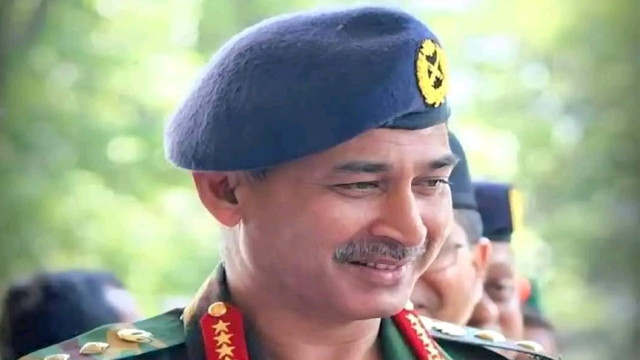
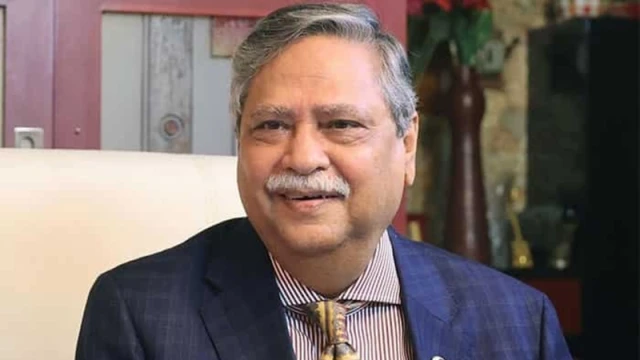
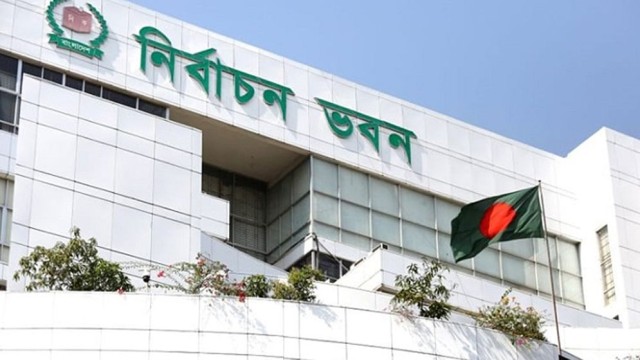

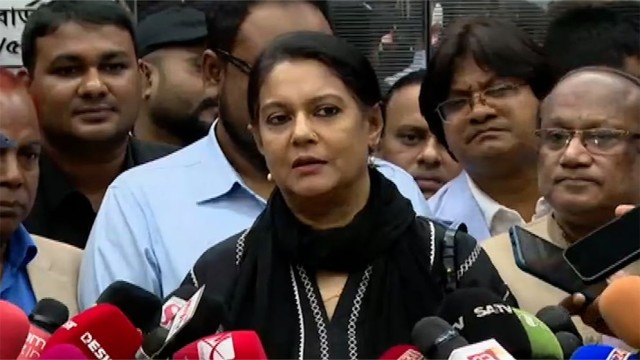
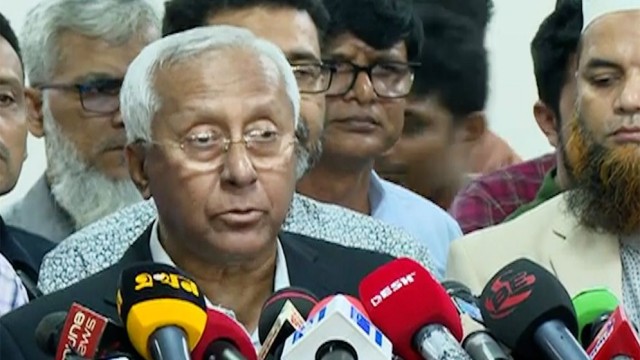
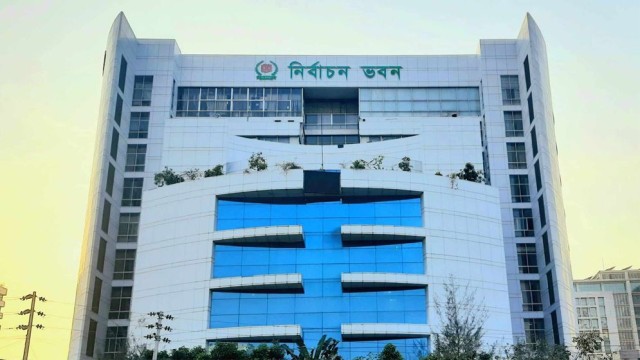
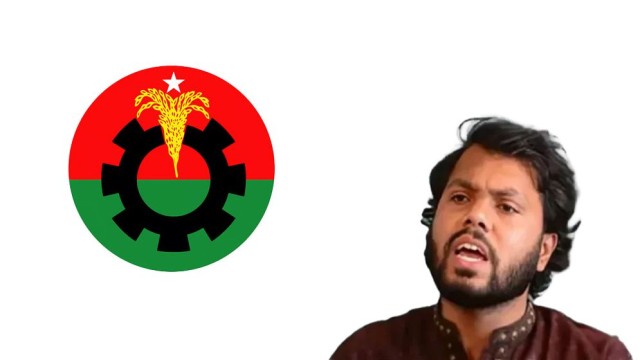
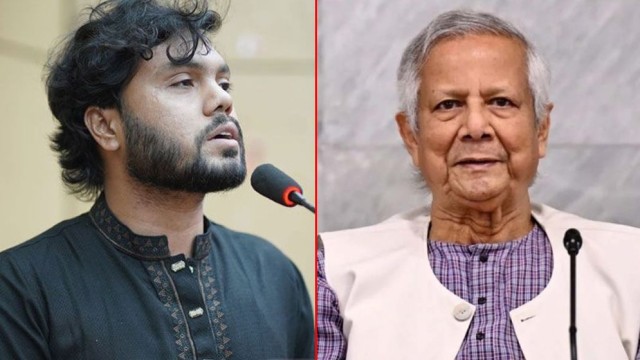
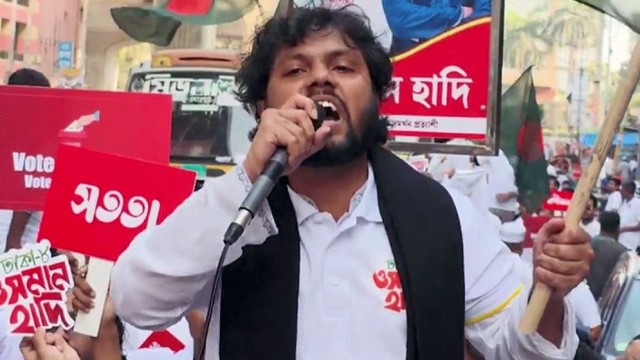

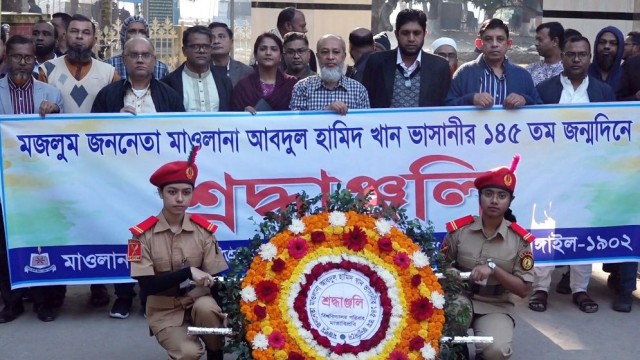


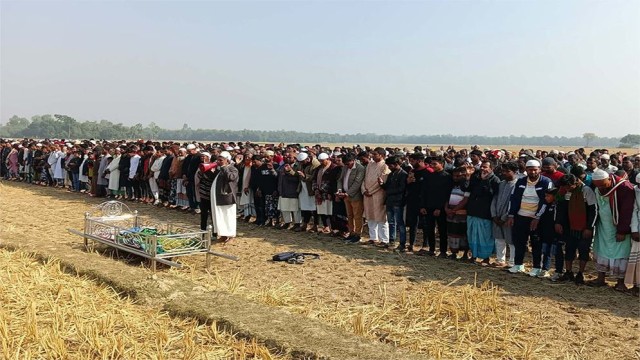

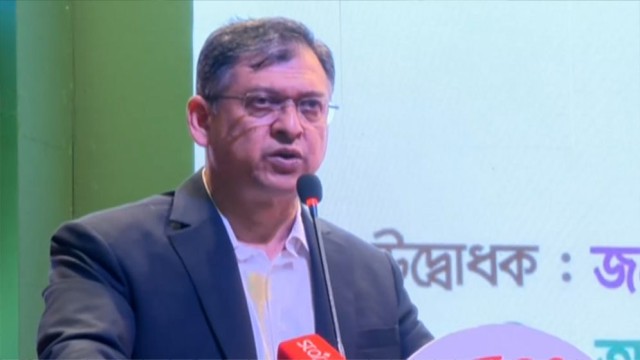


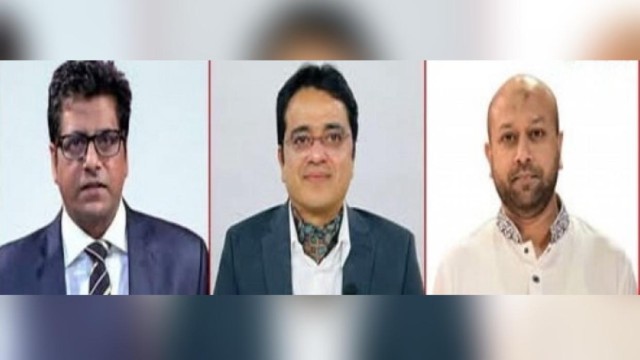
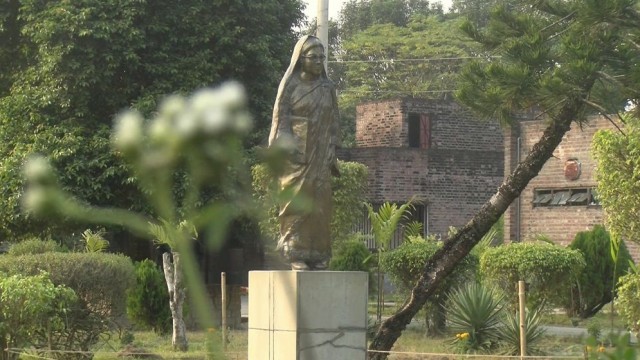

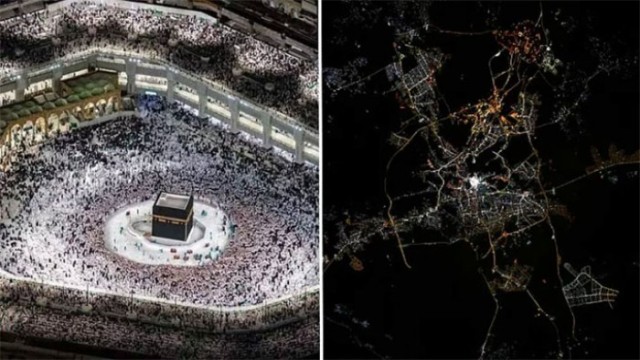

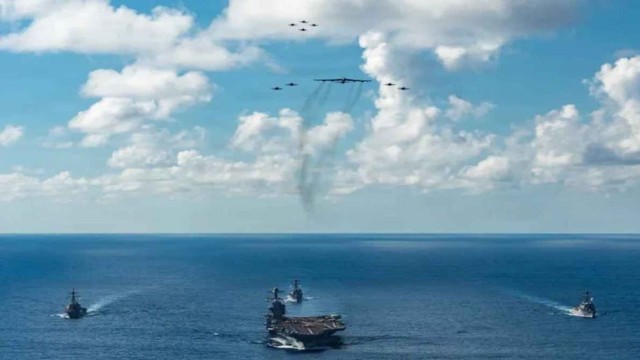
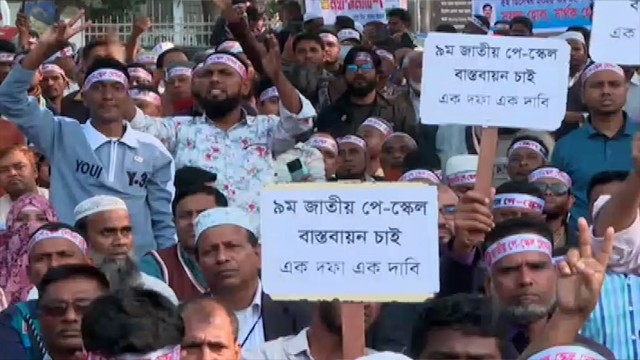
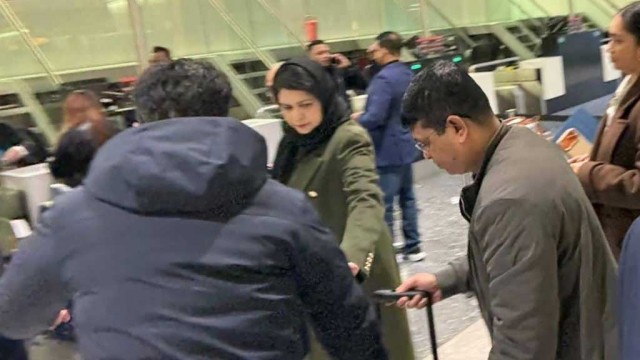

Comment: